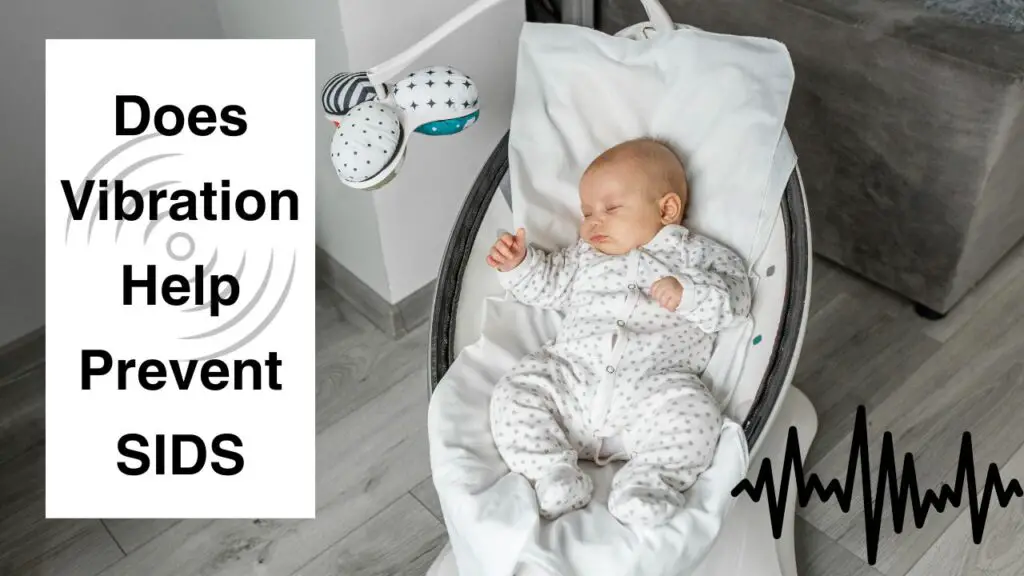Gradual potty training can be a challenging and stressful experience for both parents and toddlers. However, with patience and the right approach, it can also be a fun and rewarding experience for both parties. In this blog post, we will go over the steps you can take to successfully potty train your toddler.
Step 1: Determine If Your Toddler is Ready
Before you start the potty training process, it’s important to determine if your toddler is actually ready. Look for signs such as an increased interest in the bathroom, increased independence, and the ability to communicate their need to use the bathroom. If your toddler is not yet showing these signs, it’s best to wait and start the process when they are ready.
Step 2: Choose the Right Potty
There are several types of potties to choose from, including standalone potties, seat reducers that can be placed on top of an adult toilet, and travel potties. Consider your child’s age, size, and comfort level when choosing the right potty. Make sure the potty is easily accessible and that your child is able to use it comfortably.
Step 3: Talk to Your Toddler About Potty Training
Before you start the potty training process, talk to your toddler about what to expect. Use simple and age-appropriate language to explain what using the potty is and why it’s important. Encourage your child to ask questions and express any concerns they may have.
Step 4: Start Slow
Starting the potty training process can be overwhelming for toddlers, so it’s important to start slowly. Allow your child to become comfortable with their new potty before actually using it. Let them sit on it, play with it, and get used to the idea of using it.
Step 5: Encourage Regular Potty Breaks
Once your child is comfortable with their potty, encourage them to use it regularly. Set a schedule for potty breaks, and remind your child when it’s time to use the bathroom. Encourage your child to use the potty after meals, after naps, and before bedtime.
Step 6: Reward Good Behavior
Rewarding good behavior is an important part of the potty training process. When your child successfully uses the potty, give them praise, hugs, and small rewards such as stickers or a special treat. This will encourage them to continue using the potty and make the process more enjoyable for both of you.
Step 7: Be Patient
Potty training is a gradual process, and setbacks are normal. It’s important to be patient and not become discouraged if your child has an accident. Remember that accidents are a natural part of the learning process and that, with time and patience, your child will eventually become fully potty trained.
In Conclusion:
Potty training can be a challenging but rewarding experience for both parents and toddlers. By following these 7 simple and easy steps, you can help your child make a smooth transition to using the potty and become fully potty trained. Just remember to be patient, encouraging, and consistent, and your child will soon be a potty-trained pro!
Read Also:


